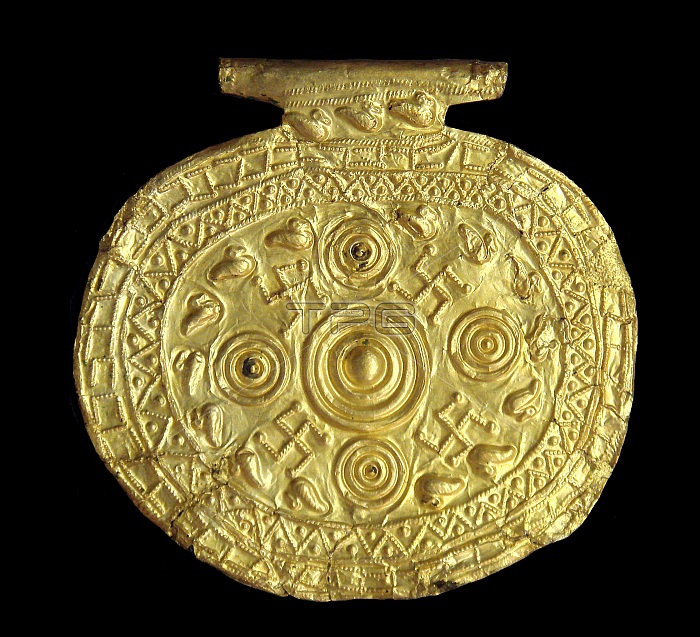
Etruscan art was a form of figurative art produced by the Etruscan civilization in central Italy between the 9th and 2nd centuries BCE. Particularly strong in this tradition were figurative sculpture in terracotta (particularly life-size on sarcophagi or temples) and cast bronze, wall-painting and metalworking (especially engraved bronze mirrors and situlae).
The swastika remains widely used in Indian religions, specifically in Hinduism, Buddhism, and Jainism, primarily as a tantric symbol to evoke shakti or the sacred symbol of auspiciousness. The word 'swastika' comes from the Sanskrit, literally meaning 'to be good'.
Despite the use of the name swastika for the Nazi hakenkreuz or 'hook cross', the South Asian swastika has nothing to do with National Socialism or Fascism.
| px | px | dpi | = | cm | x | cm | = | MB |
Details
Creative#:
TPG32676170
Source:
達志影像
Authorization Type:
RF
Release Information:
須由TPG 完整授權
Model Release:
No
Property Release:
No
Right to Privacy:
No
Same folder images:

 Loading
Loading